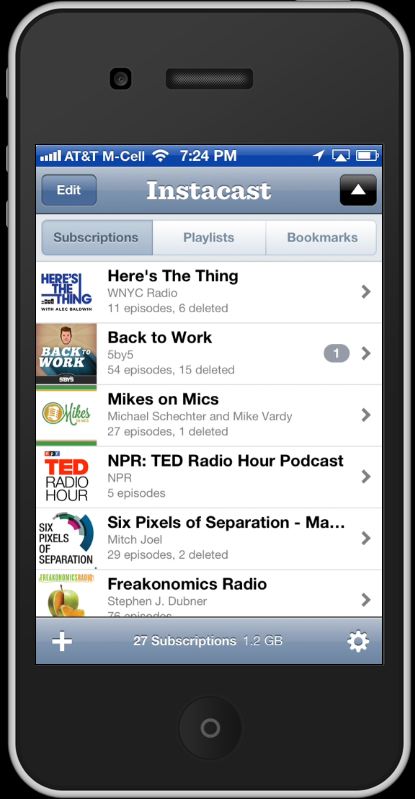As social animals, humans have been trying to influence each other since long before 108 suitors gathered to woo Penelope in Odysseus’ absence. With today’s options of instant exploring and ever-expanding social networks, our opportunities to sway one another have exploded. Determining who has influence and influencing those influencers is every marketers dream. The recent FIR Live panel discussion on influencer marketing jump started my mental gears into a grinding quest to understand how to effectively assess influence. Despite Klout’s claim that it “measures your influence on your social networks,” there is no quick fix to quantifying an individual’s online impact. Kred’s CEO Andrew Grill, one of the four panelist, summed up the dangers of companies relying solely on a score:
One key take-way is the real need for education to dispel the myth that anyone with a high influencer score is automatically valuable to a brand. We need to go “beyond the score” to find out why someone is influential. As David rightly stated, even with the tools available, you still need humans who know what they are looking for to make sense of the information you uncover.
The other key takeaway is that you as a brand or agency need to know exactly what your goal is before you even start the search for influencers or advocates.
My key takeaway was how the quality of the content plays as big as a role as the scope of the influencer’s network. As this realization hit me during the conversation, I quickly sketched out a rough model.
With a few days of digesting and noodling, here’s my refined take:
LOW-IMPACT
When someone with a micro network shares a recommendation with little emotional appeal it doesn’t have much of an impact. Example: my father tries a new restaurant and posts on Facebook how much he likes it. A few of his friends may try it, but it’s not going viral.
FIRST CIRCLE
A influential personality with a macro network shares something with low emotional content. It has a huge audience and creates some action but does not experience much second and third circle sharing. Example: Lady Gaga tweets about her new perfume. She has over 25,000,000 followers on Twitter. Many of them adore her and will buy her perfume, but not neccesarily recommend it to their individual followers.
SHARING
A story with strong, compelling emotional appeal that starts in micro networks. The content drives the spreading as it gets shared and shared again. Example: A family where the mom has breast cancer experiences an additional unexpected financial hardship when their only car breaks down. An online fundraiser gets established and within hours they’ve raised enough to repair the car.
HEAVY-IMPACT
An influencer with a big following shares compelling content. Example: Oprah’s book club - when she selects and recommends a book, she shares why she liked it so much and what it meant to her. Her emotional testimonials get her fans to share her recommendations with others.
What do you think of this simple model? I’d love your feedback and reactions in the comments.



